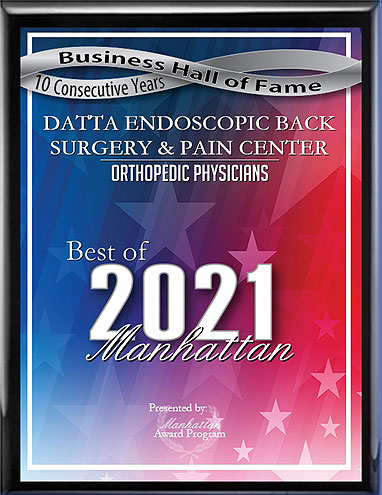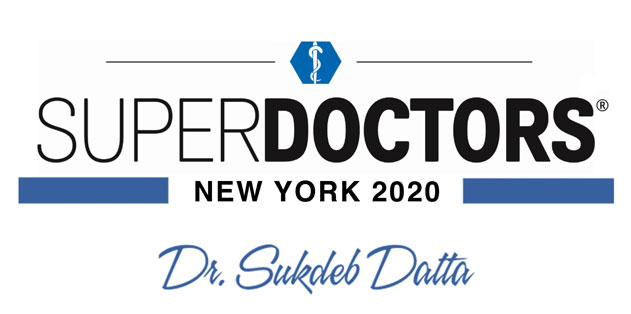Fortunately, few people ever need spinal fusion. The vast majority of back pain stems from muscle problems rather than a spine condition, and thus does not need surgery; beyond that, most pain stemming from spine problems can be treated non-surgically; and finally, thanks to modern techniques, only a small percentage of spine surgery patients need spinal fusion surgery or other stabilization.
About Spinal Fusion Surgery
During spinal fusion surgery, two or more vertebrae are joined together using supplementary bone, and sometimes metal rods and screws. Over time, the supplementary bone fuses with the original bones. The bone may either come from another part of the patient's own body, such as the hip bone (autograft), or from a donor (allograft).
Spinal fusion is sometimes needed to stabilize the spine after a significant amount of disc or bone material is removed during open back surgery. Some people have deformities of the spine which fusion can treat. The procedure can also ease symptoms of chronic spine conditions by reducing mobility in the area treated. Such conditions include:
- Recurring herniated or bulging discs
- Degenerative disc disease
- Scoliosis
- Kyphosis
- Vertebral fracture
- Osteoarthritis
Spinal fusion surgery is most often performed on the lumbar spine, followed by the cervical and thoracic spine. It tends to be most successful on the thoracic spine, though, because the upper back already possesses a much more limited range of motion than the rest of the spine.
Alternatives
Spinal fusion is a major surgery. It occurs in the hospital under general anesthesia. If an autograft is used, surgery must be performed on more than one part of the body. It can take several months to heal fully, and mobility in the treated part of the spine is permanently reduced.
While fusion is the only option to treat certain conditions, its use to stabilize the spine following other surgical procedures can be reduced. Minimally invasive procedures such as laser spine surgery can be used to treat common conditions such as herniated discs and bone spurs. This minimizes the removal of tissue from the spine, meaning much less destabilization occurs. In addition, minimally invasive vertebral augmentation can often be used to treat spine fractures.
In addition to reducing the need for spinal fusion surgery, these techniques have many other advantages for patients:
- The procedure is performed in an outpatient setting using only local anesthetic
- The recovery time is as little as 1/4 the length of that from open back surgery
- There is a lowered risk of infection, bleeding, and clotting
- There is no need for prescription painkillers or extended time on antibiotics
While laser surgery is much less invasive than traditional spine surgery, and carries a lower chance of needing spinal fusion for stabilization, it is still surgery and thus still carries risks;. Potential laser surgery patients, like potential traditional back surgery candidates, must first undergo conservative treatments for their spine condition. Surgery of any kind exists as a last resort. For patients who need it, though, back surgery can be life-changing, relieving chronic pain and allowing patients to return to their previous lifestyle.
While spinal fusion surgery is needed in some cases, laser back surgery can reduce the need for fusion following surgical treatment for routine spine conditions. In addition, it provides many advantages to patients with health or lifestyle limitations that make traditional back surgery risky. However, only a doctor can tell you what procedures will be needed to treat your spine condition. To schedule a consultation, please call the Datta Endoscopic Back Surgery and Pain Center at 212-420-0312.






 EDISCSCULPT
EDISCSCULPT



